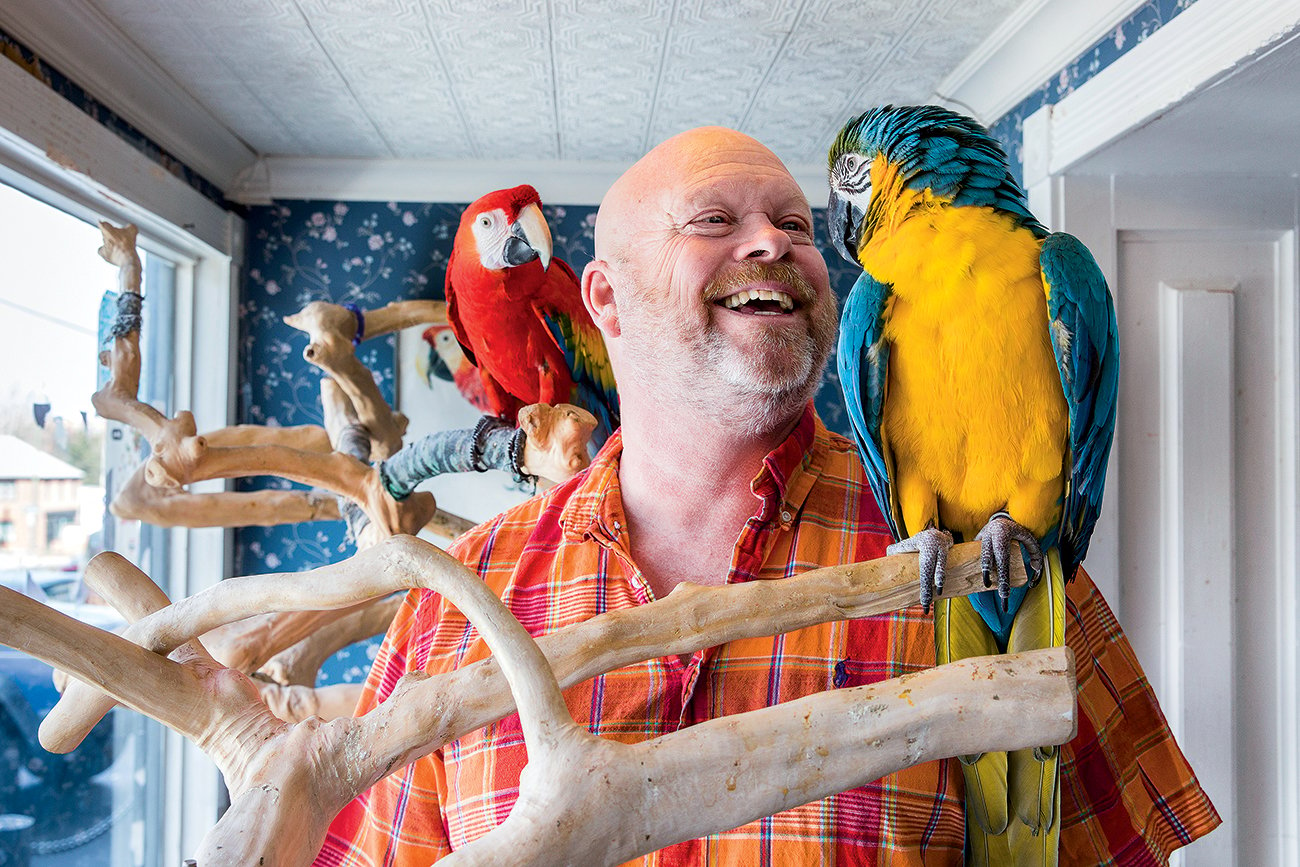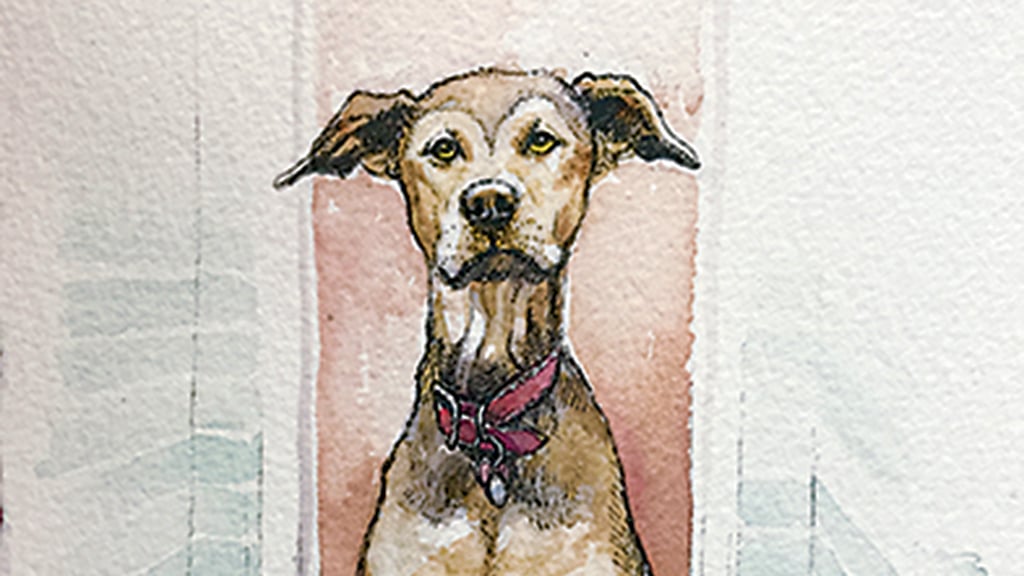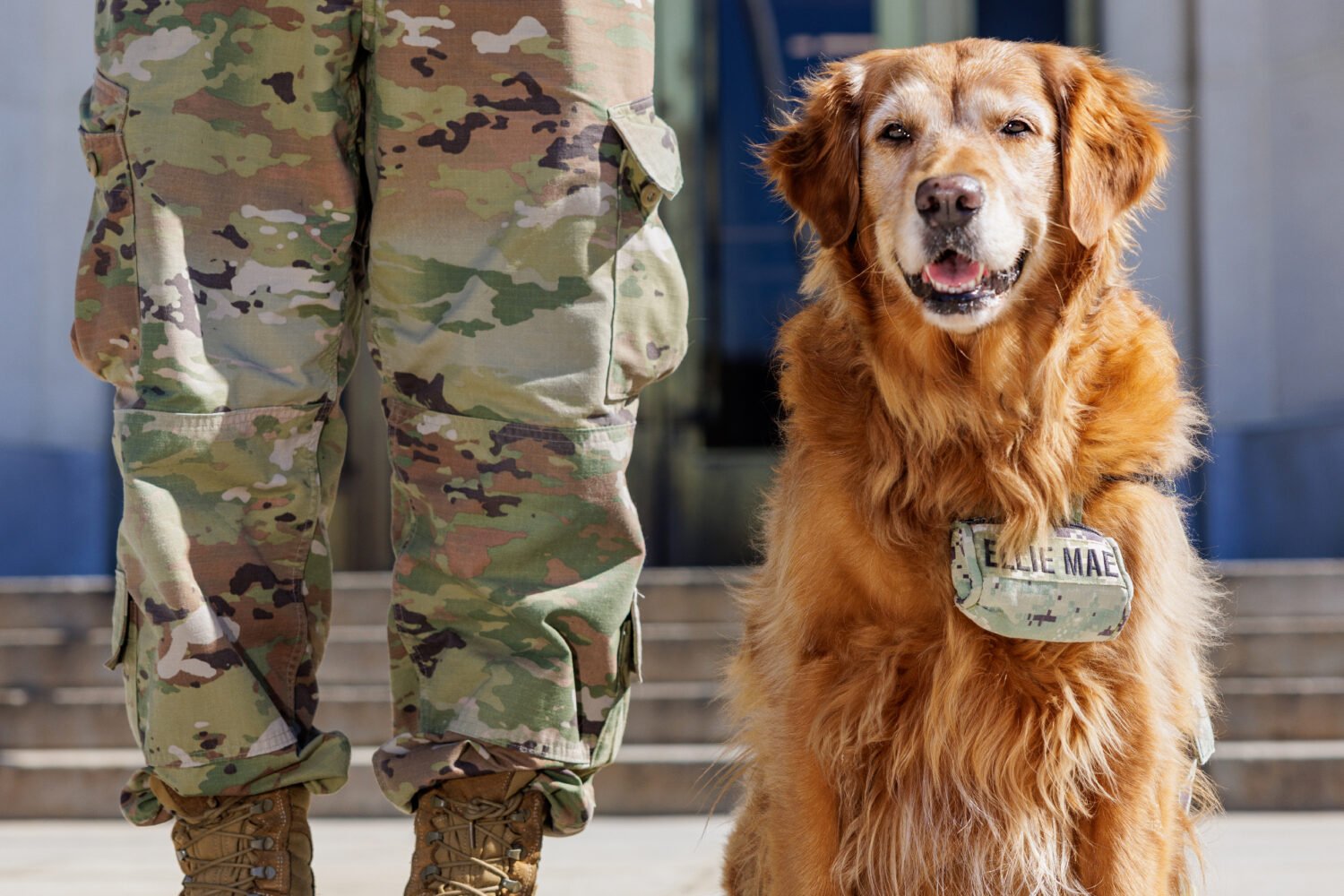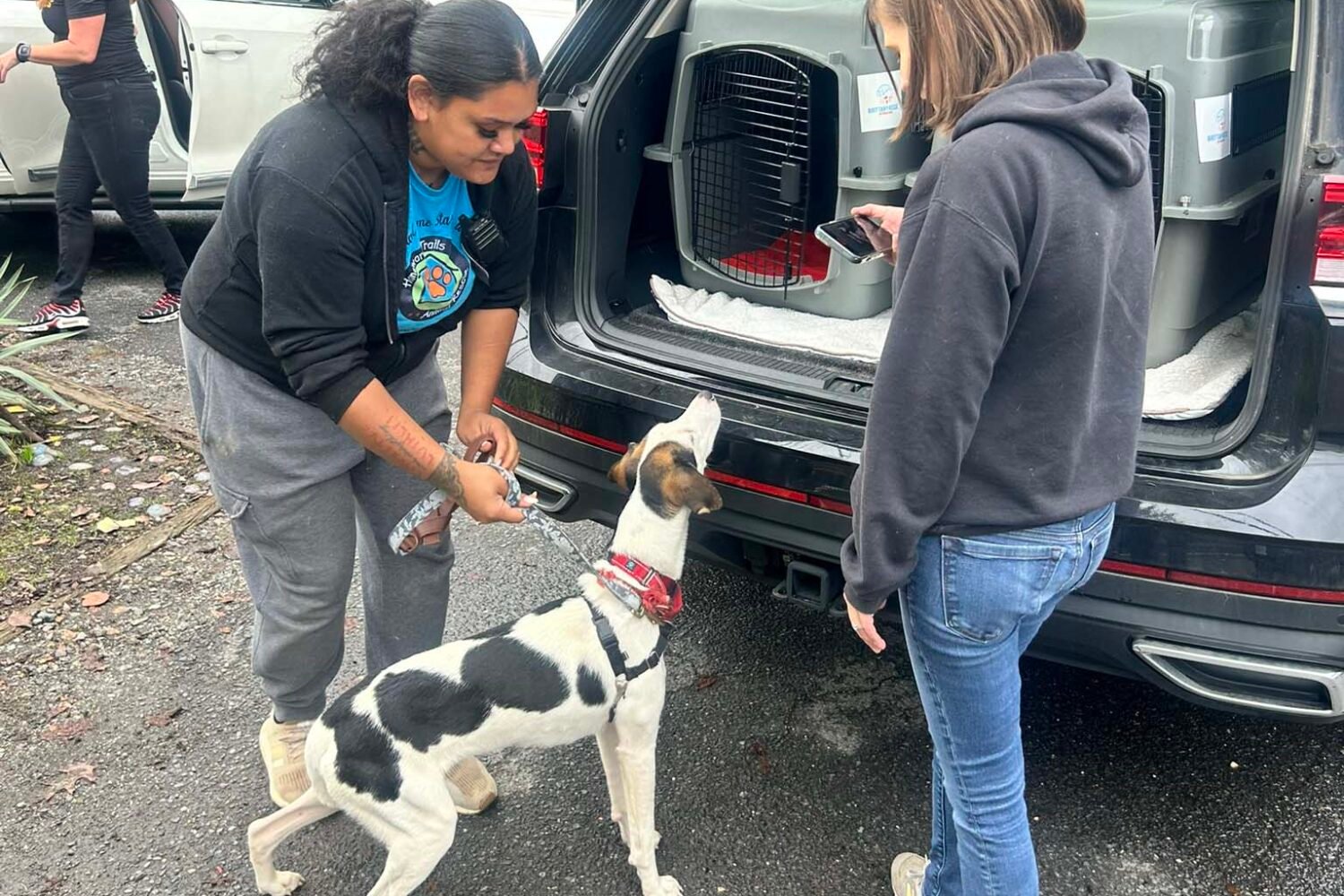Pansy Suzuki, medical director of the Veterinary Emergency Group in DC, has learned to recognize the signs that a dog is high. Because she’s seeing it more often.
Since marijuana possession became legal in the District in 2015, Suzuki says more dogs are being brought into the clinic that have gotten into their owner’s stashes or have eaten the remnants of joints snuffed out on the sidewalk.
The first symptoms include incontinence and ataxia, which makes dogs appear drunk or unstable. “It’s common for people to think their dog is having a stroke,” she says. The dogs may also become overreactive to stimuli, throw up, or have dilated pupils.
When owners see any of these symptoms, Suzuki says, they should call their vets or bring their dogs in. Most often, treatment is done on an outpatient basis, and includes fluids and anti-nausea medication. Weed will typically be out of the dog’s system in 24 to 48 hours.
Most cases that come in end up being mild, Suzuki says. Dogs have a high tolerance for marijuana, but they metabolize it differently than humans, so the effects can last longer. While weed is still in a dog’s system, she says, owners should put the dog in a confined space so it can’t trip or fall down stairs, and it should be watched to make sure it doesn’t choke.
Nastassia Germain is a medical director and emergency veterinarian in Georgetown and says in these cases, she closely monitors heart rate and body temperature. Both can either spike or drop, which in severe cases can lead to a coma. Neither Germain or Suzuki have seen a fatality from ingesting weed, but Suzuki recently saw a 50-pound lab who had consumed 700 milligrams of marijuana. The dog started showing signs of seizure, had extreme incontinence, and remained in the hospital for 24 hours.
Germain says it’s easier when owners tell them right away if they know the dog has ingested weed, but many either don’t know or are nervous to admit it. “We’re not the cops. We’re just happy the pet is here,” she says.
A dog’s reaction also depends on what type of marijuana it has gotten into. CBD is generally safe for dogs and even can be recommended for certain health issues, but THC comes in different forms that interact with dogs differently, Germain says. Ingesting a bud is more dangerous than other forms, but products like marijuana infused oil or butter can have long-term effects because those are fat-soluble substances. If a dog ingests one of those, they can be absorbed into their liver and kidney, take longer to leave the system, and become more toxic.
Edibles can be more dangerous because they are also mixed with other substances that can be toxic, like chocolate. Sugar substances overall aren’t good for dogs, but chocolate contains theobromine, which dogs metabolize very slowly and can become toxic. If owners know the form of weed their dog ingested, it’s important to tell their vet so they can estimate the severity of the case as accurately as possible, Suzuki says.
To prevent your dog from getting high in the first place, Suzuki says to treat them like children: put anything you don’t want your pet to get into well out of reach. For edibles, put them in a container that will mask the scent.
Most dogs will be fine and sleep off the effects of weed exposure, but Germain suggests bringing a dog in to be safe: “Often [the dogs] do well, but we never know until we see.”
Correction: This story has been updated to state that marijuana buds are more toxic than other forms, not less.



















